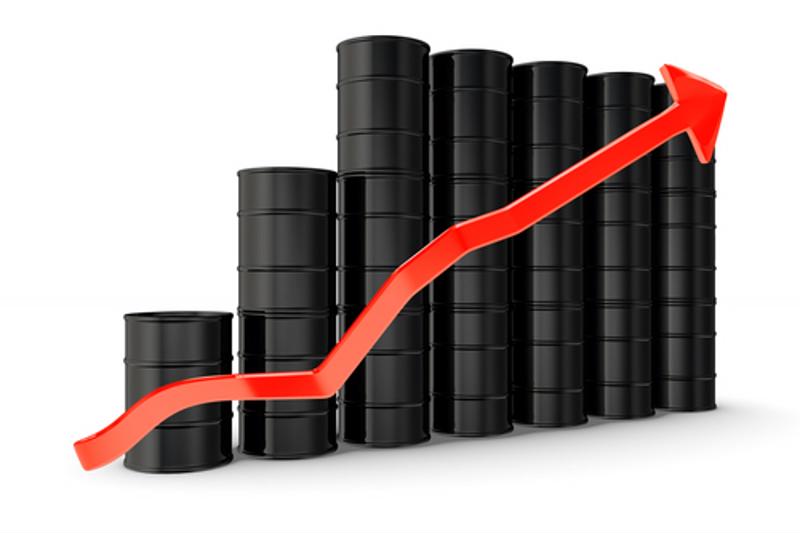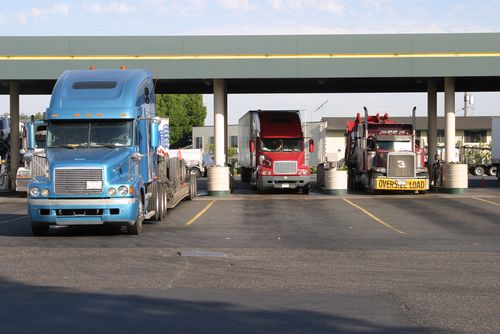On behalf of the nation's largest trucking trade group, ATA President and CEO Chris Spear has called on the Biden administration to take an "all-of-the-above approach" to the fuel price crisis. This includes increasing both offshore and onshore drilling, issuing more natural gas permits, tapping the strategic petroleum reserve and working with domestic and international oil producers to ramp up supply.
"The American Trucking Associations … urges the Biden Administration to increase American oil and natural gas production to help bring down domestic fuel prices, providing immediate relief to our nation's supply lines," Spear wrote. "We cannot let an energy crisis compound the supply chain crisis, and we have the power and resources to prevent that from happening."
Domestic oil production has slipped
For several years, the United States was a net exporter of crude oil and the amount of oil it's produced has risen with each successive year since 2017, topping out at nearly 13 million barrels per day in January 2020, according to the U.S. Energy Information Administration. But it's dipped ever since, averaging 11.3 million barrels per day for the year as a whole.

This fact, combined with growing demand now that COVID-19 mitigation measures have ended, has contributed to the rising cost of unleaded regular gasoline and diesel. But prices at the pump have climbed even more dramatically in recent weeks after Russia — the world's third-largest energy producer — invaded Ukraine. For instance, for the week of Feb. 28 — two days after Russian forces breached Ukraine's borders — the average price for a gallon of regular unleaded gasoline nationwide was $3.60 and $4.10 for diesel, the main fuel that commercial trucks use. Prices per gallon rose to $4.10 and $4.85, respectively, a week later, then to $4.31 and $5.25 the week after that, according to government data. A year ago at this time, unleaded was $2.85 and a gallon of diesel cost $3.20.
While motor carriers have various strategies that enable them to absorb surging gas prices — like surcharges — that often isn't the case for smaller commercial trucking outfits, Spear mentioned in his letter.
"Lacking the financial reserves to weather this storm, many of these companies are at risk of failing given current projections for global crude prices over the next 12 months," Spear said. He added that since 97% of motor carriers qualify as being small — operating 20 trucks or fewer — rising energy prices left unchecked have the potential to decimate the industry.
In the meantime, while the rate at which fuel costs are increasing may slow down, economists say to expect further price hikes at the pump for the foreseeable future.



Post A Comment:
0 comments so far,add yours